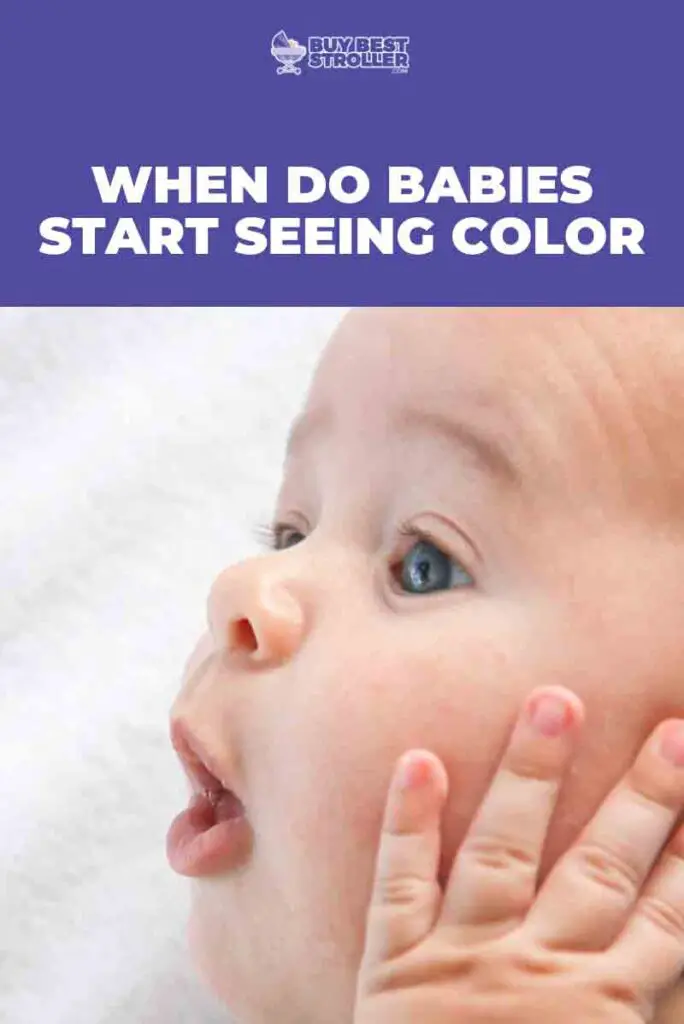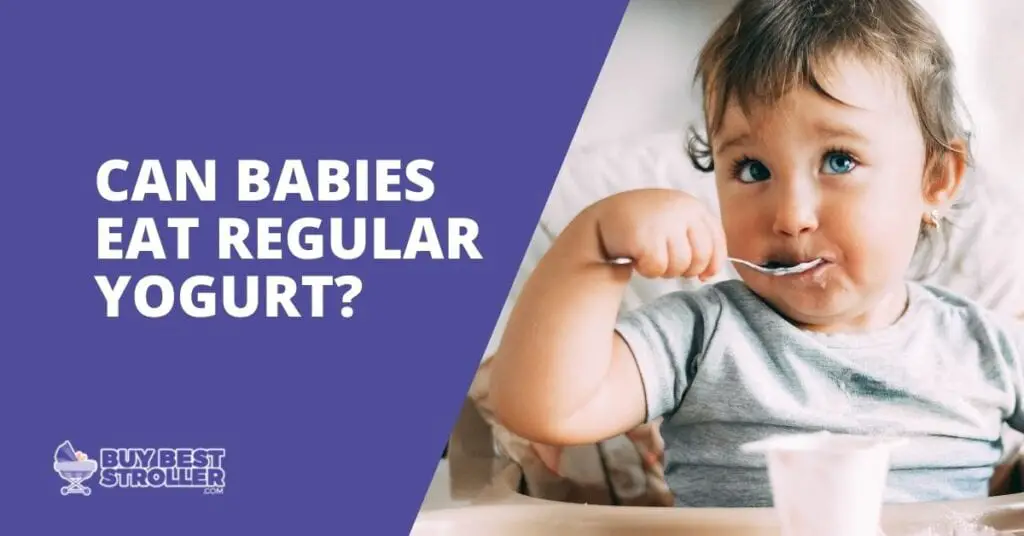When Do Babies Start Seeing Color? As a parent, I was very curious to know about the ability of my baby to see colors or even to see in the dark. I am pretty sure this is the case with you too.
During infancy, babies are unable to see as well as older children or adults. Because their eyes and visual systems are not fully developed. But after the first few months of life, significant improvements start to occur.
In between 4 and 6 months, babies start to see color and improve their depth perception. In the first few weeks, after birth babies see their first primary color – red and by the end of the fifth month, they are able to see the full spectrum of colors. At 12 months, they should be able to tell the difference between hues and shades of color.
Although they can see red, green, yellow, and orange more quickly, they take longer to see blue and violet. Because blue light has shorter wavelengths, and human retinas have fewer color receptors for blue light. Each child develops at a different pace, so some may reach see colors at different ages.
Between seven and nine months of age, your baby’s vision continues to develop in terms of visual acuity, depth, and color, with most babies becoming able to see clearly by ten to twelve months of age.
When Do Babies Start To See Clearly?
Newborns are unable to see clearly during the first few months. They are only able to see blurry profiles of things. At 12 months of age, your baby will be able to see pretty well, but his vision will not fully develop until he’s between 3 and 5 years old. The vision of a baby improves dramatically during the first year.
At approximately 5 months of age, infants begin to develop depth perception and eye-hand coordination. In the fourth to the sixth month, your baby will reach out and touch an object – something that previously occurred only at random.
You probably heard the term 20/20 vision, which is usually thought of as having “normal” acuity. Approximately 20/100 is your child’s visual acuity at six months of age. A baby will not reach adult levels of visual acuity until he or she is three or four years old. You’ll see how vision plays a critical role in your baby’s ability to coordinate full-body movements such as standing and walking.
When Do Babies See Faces?
Approximately 8 weeks after birth, your baby’s vision will improve enough that they can perceive your face (and other nearby faces) more clearly. Your newborn cannot perceive not just the colors, but also the shapes. When your baby is born, his or her vision is quite blurry.
According to the American Optometric Association (AOA), Your baby may better be able to focus on things that are 20 to 10 inches away from their eyes. While you hold your baby’s face, your baby can see your face, but any other face in the room may be very hard to see.
How Far Can Babies See At 2 Months?
At 2 months, babies can see at least 12 inches away, perhaps even as far as 2 feet. It means that you have to get pretty close, but your baby will be able to see you quite well while you are feeding. Moreover, the baby should be able to follow you if you walk close by. During the next few months, you might notice that your baby has improved his or her distance vision.
Babies can see things beyond light and dark at the age of 3 months. Although it is not a lot. If you want to talk to a newborn or make them smile, you have to lean in close to their face. For them, anything else is impossible.
Can Babies See In The Dark?
Newborn babies can only see colors in dark and light (black and white) because their retinas and brains have not yet developed complete nerve cells to control their vision. Even their eye is unable to focus on near objects and your face, It requires time to focus on distant objects. As each month passes, he or she will gradually start developing color vision at around 4 months.
Can I Stimulate My Baby’s Eye Development?
As a parent, you can play a role in your newborn’s eye development and health. During the first year of life, the baby’s brain and eyes coordinate images and remember what they’ve seen. When properly stimulated, curiosity, attention span, memory, and nervous system development can increase. Therefore, make sure to provide plenty of interesting things for your baby to see.
Show your baby the world around them, keep their eyes stimulated, and talk to them regularly. Baby likes to look at faces, especially their own in the mirror. Engaging in hand-eye coordination activities, including hanging a mobile, will encourage a child’s vision and eye development.
To keep your baby interested and learning, show him a variety of objects. To promote healthy eye growth and development, talk to your doctor about age-appropriate activities.




